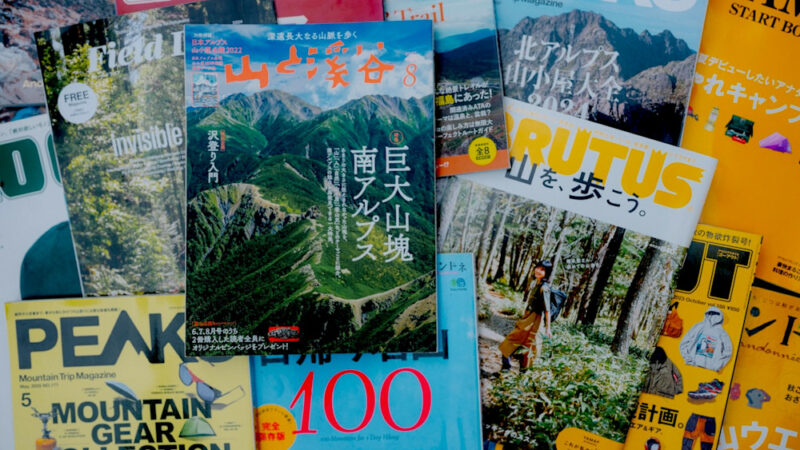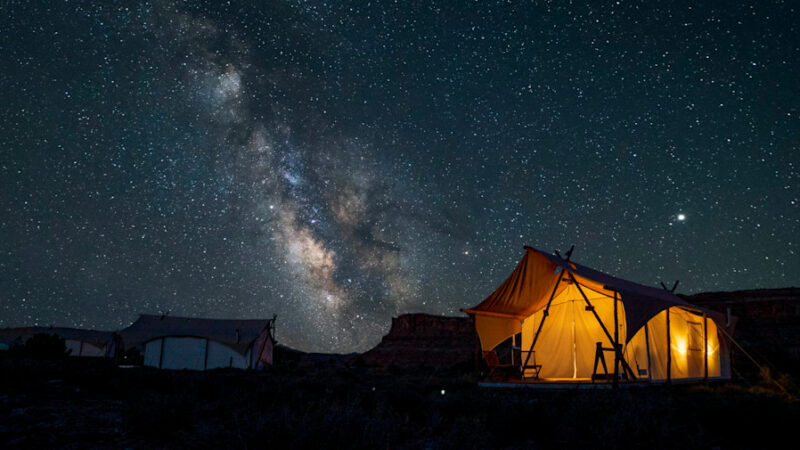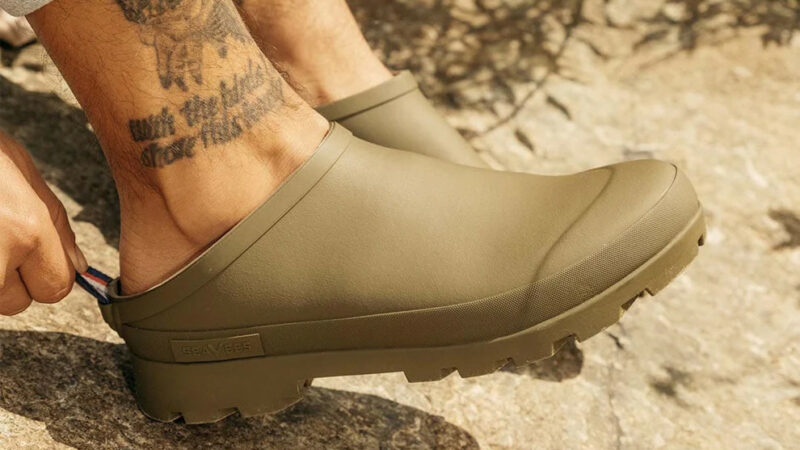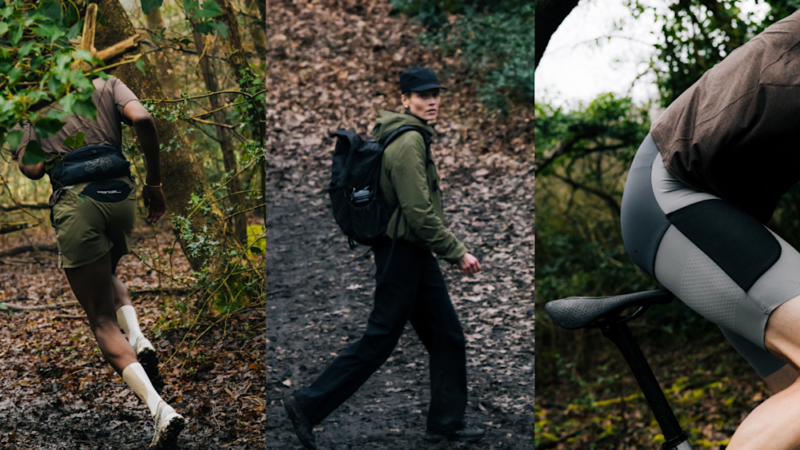The Best Coffee Makers for Camping Trips
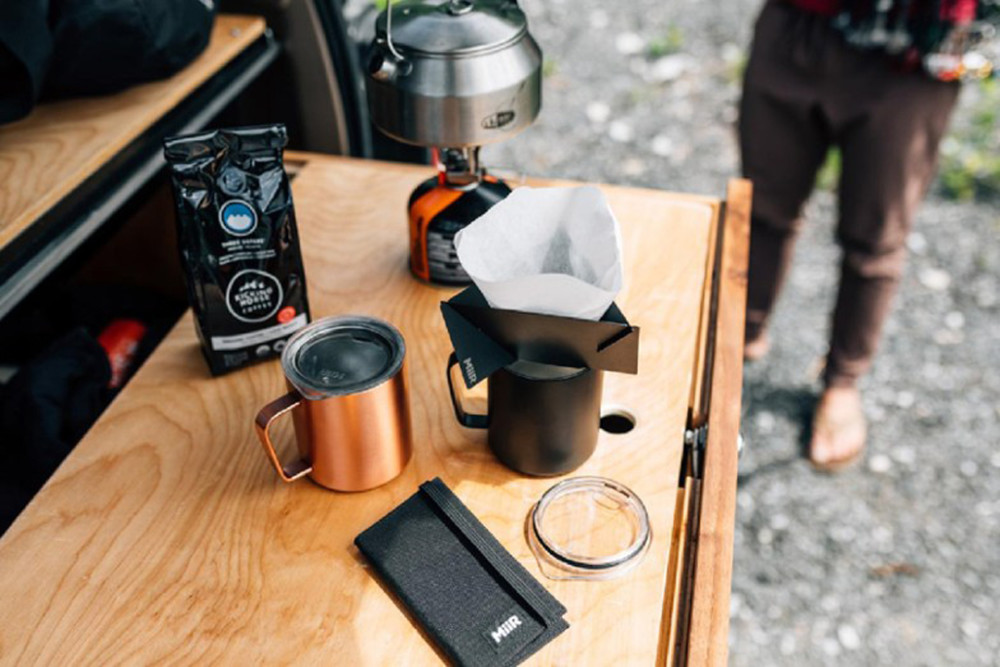
How to Make Pour-Over Coffee
You can liken pour-over coffee to what comes out of your countertop drip coffee maker at home. Making it requires a small filtering device and, usually, disposable paper filters that keep grounds from falling into your cup. The method lets you brew directly over a mug or other container (a large water bottle works well if you’re making coffee for a group).
To brew, first, wet your filter to dispel any paper taste. Then fill the pour-over with coffee grounds—a 1:16 ratio works here too—then slowly pour hot water (just below boiling) over them. After you saturate the coffee the first time, pause for 30 seconds to let it bloom. Then continue to pour in rounds. The slower you pour the water, the more time it has to seep through the coffee grounds and collect flavor. Pour the water in a small circular motion to ensure that you cover all the grounds evenly. Patience is key to pour over—the aim is to get the coffee to drip into the cup, not flow into it.
Pour-over coffee makers for camping might be metal, silicon, or some other heat-resistant material. The benefit of making coffee this way is that the water continuously flows over the coffee grounds, extracting as much flavor as possible. Another plus is that pour-overs are simple and often very packable, and produce great-tasting campsite coffee.
How to Use a Percolator
Coffee percolators preceded countertop drip machines, and camping-oriented models allow you to make coffee right on a campfire or camping stove. In a percolator, water continuously circulates through a coffee until you remove the pot from the heat. Percolators are great for camping with large groups because they yield big batches.
Percolators are simple to use too: fill the pot with water, add coffee grounds to the basket (this acts much like the filter), close the lid, and place the coffee percolator over some heat. A firepit grate comes in handy for campsite percolator brewing, but you can always use rocks to perch it above hot coals too. Of course, camping stoves always work too.
The amount of time you leave the pot over the fire or on the stovetop will depend on the type of grounds you use and how strong you like your coffee. Remember that boiling water releases tannins from ground coffee, and brewing too long will make your coffee taste bitter or burned. Once your water comes to a boil, move it to the side of the fire or turn your stove to a lower setting. Most percolators have a bubble window so you can monitor the brewing progress—the darker the coffee, the more done it is. Aim for between seven and fifteen minutes.
Source: https://www.fieldmag.com/articles/best-camping-coffee-maker-guide


